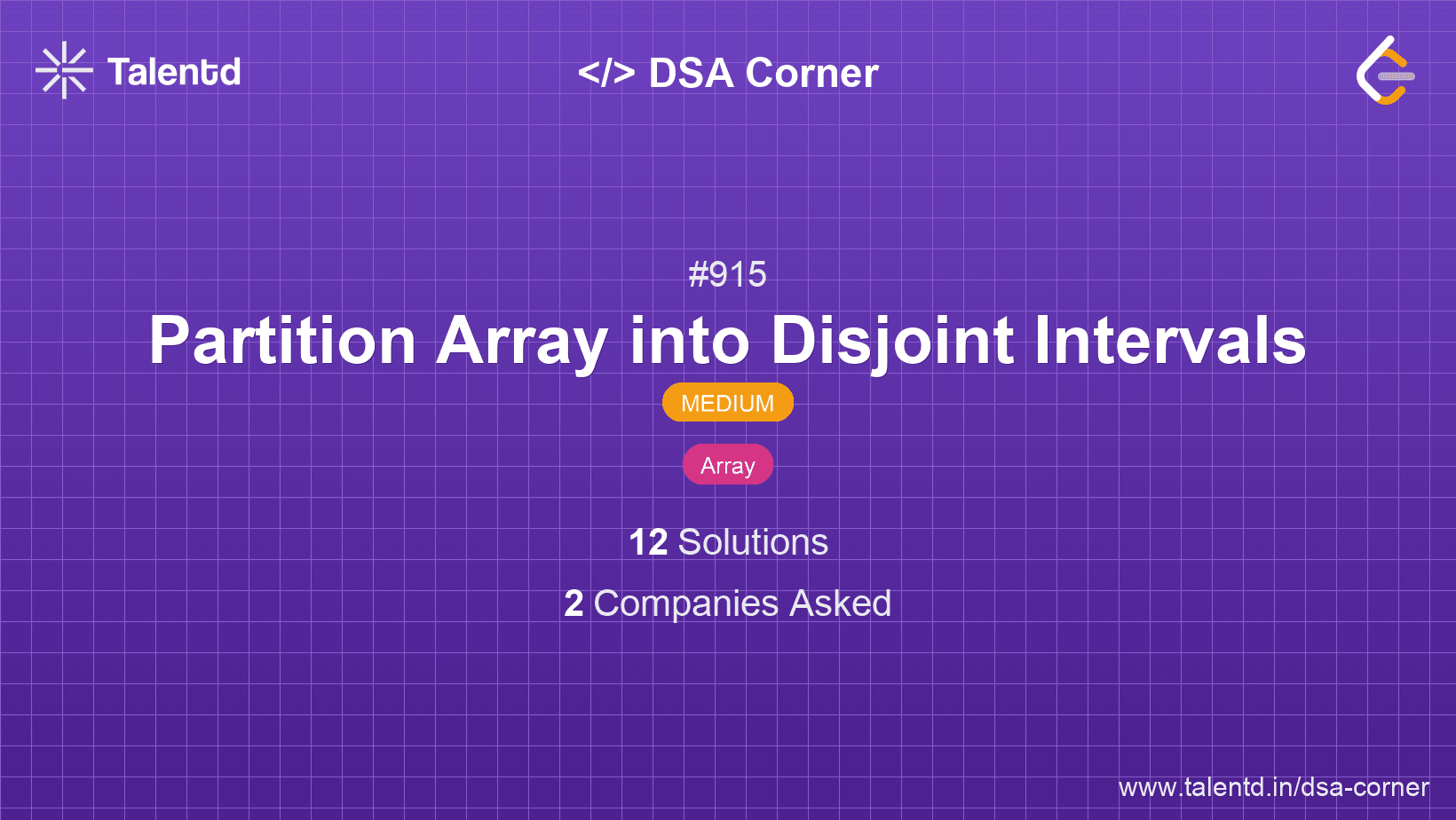
Sponsored
Sponsored
This approach involves maintaining a running maximum for the left subarray and a suffix minimum for the right subarray. By iterating through the array and comparing these values, we can determine the appropriate partition point where all conditions are satisfied.
Time Complexity: O(n) - Linear scan of the array.
Space Complexity: O(1) - Only variables used for tracking, no extra storage required.
1def partitionDisjoint(nums):
2 max_left = nums[0]
3 max_so_far = nums[0]
4 partition_idx = 0
5
6 for i in range(1, len(nums)):
7 if nums[i] < max_left:
8 max_left = max_so_far
9 partition_idx = i
10 else:
11 max_so_far = max(max_so_far, nums[i])
12
13 return partition_idx + 1
14
15print(partitionDisjoint([5, 0, 3, 8, 6])) # Output: 3
16The Python solution achieves the partitioning by maintaining current maximums within the loop as it traverses the array. The partition index is adjusted whenever an element smaller than max_left is found, ensuring a valid disjoint partition is maintained.
This approach involves using two additional arrays: one to track the maximum values until any index from the left and another to track minimum values from the right. These auxiliary arrays help determine where a valid partition can be made in the original array.
Time Complexity: O(n) - Needs three linear passes through the array.
Space Complexity: O(n) - Additional space for two auxiliary arrays.
1#include <vector>
#include <climits>
using namespace std;
int partitionDisjoint(vector<int>& nums) {
int n = nums.size();
vector<int> leftMax(n), rightMin(n);
leftMax[0] = nums[0];
for (int i = 1; i < n; ++i) {
leftMax[i] = max(nums[i], leftMax[i - 1]);
}
rightMin[n - 1] = nums[n - 1];
for (int i = n - 2; i >= 0; --i) {
rightMin[i] = min(nums[i], rightMin[i + 1]);
}
for (int i = 0; i < n - 1; ++i) {
if (leftMax[i] <= rightMin[i + 1]) {
return i + 1;
}
}
return n;
}
int main() {
vector<int> nums = {5, 0, 3, 8, 6};
cout << partitionDisjoint(nums) << endl; // Output: 3
return 0;
}
The C++ approach maintains two arrays for maximum from the left and minimum from the right. These arrays are indexed to find the partition point whereby elements in leftMax are always lesser or equal to those in rightMin at a determined boundary.